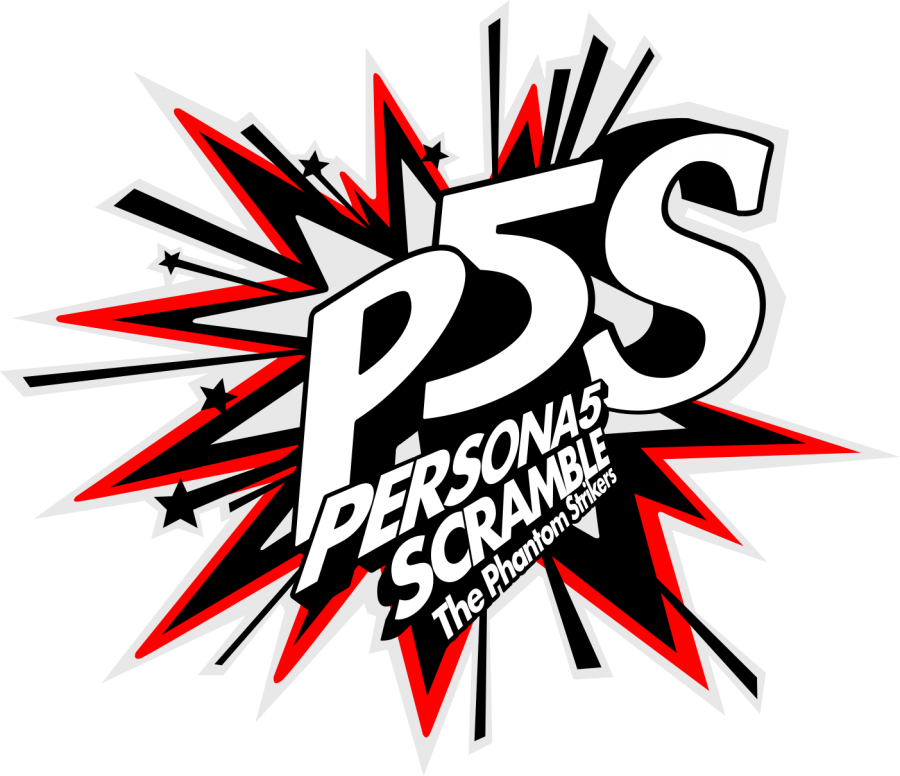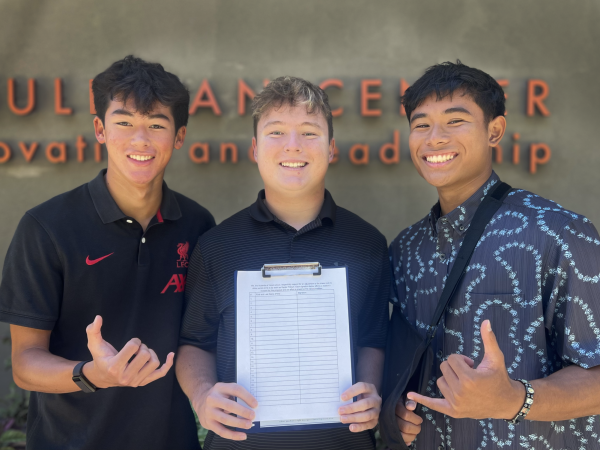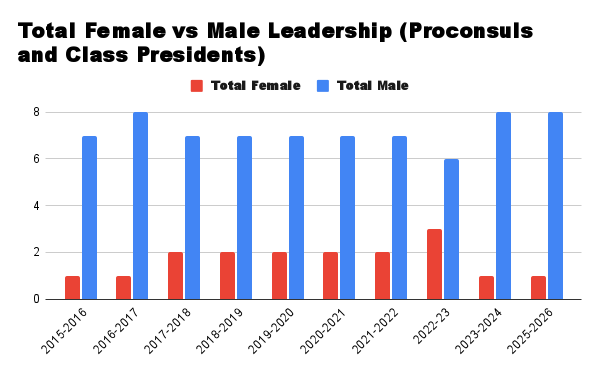Reviewing Persona 5 Strikers
Fans of the “Persona” series, a subtitle under the extensive fictional world of “Shin Megami Tensei,” were excited for the western release of the “Persona” series’ most recent title “Persona 5 Strikers.” The game was officially available for purchase Feb. 20 for the PlayStation 4, Nintendo Switch and PC. Also known as “Persona 5 Scramble: The Phantom Strikers” in Japan, the newest addition to the “Persona” story is a change of pace from the original turn-based combat gameplay. With a musou (open world “beat-em-up” game) twist, “Persona 5 Strikers” serves as a thrilling sequel to the original “Persona 5” title, a story where high school phantom thieves use their power of rebellion known as “persona” to change corrupt people’s cognitions. While “Persona 5 Strikers” did its job in providing another exciting action RPG for “Persona” fans, the true question arises. Did the game truly “steal our hearts?”
In the opening moments of “Persona 5 Strikers,” the game reintroduces the beloved dark-haired protagonist, Joker, as he returns to the humble cafe Leblanc in Yongen Jaya to spend the summer with his friends. A simple yet heartwarming animated cutscene plays when Joker enters the cafe, and the familiar smiling faces of the phantom thieves appear as they welcome their leader back home. One could say that this opening was a crucial part in setting the storyline as a continuation of the original game, as it does a splendid job in showing that the phantom thieves are still close to one another. It sets the players up for yet another enjoyable gameplay experience with the characters they have grown to love.
While fan favorites Goro Akechi and Kasumi Yoshizawa are not present in Strikers due to events in the previous games, two new phantom thieves are added to the cast to compensate. Sophia, whose phantom thief codename is “Sophie,” is an adorable AI learning to understand the human heart. Her curious nature and mission to be humanity’s companion makes her a wonderful main character crucial to the plot. Another addition to the phantom thieves is Zenkichi Hasegawa, codename “Wolf,” a cop who gradually becomes a father figure to each of the phantom thieves. At first, players are cautious of Zenkichi, considering the fact that he quite literally blackmails the phantom thieves to sell them out to the police for tampering with people’s cognition. Eventually, he begins showing his fatherly side as the story progresses, providing a good amount of comedic relief throughout the game as the thieves call him “Gramps” for being the oldest in the group. These two characters are great additions to the cast, and have quickly become fan favorites. Both characters were integrated into the story well as they had their own background of grief and pain to overcome, making the plot all the more fun to explore.
Characters aside, one of the most remarkable differences between the original “Persona 5” and Strikers is the fast-paced musou combat. The ability to quickly switch between characters to either target weaknesses or baton pass for a critical hit was a helpful mechanism in clearing out large groups of enemies, called “shadows.” Despite this, many critique this type of combat for being overly repetitive and tiring as the attack combinations consist of the same rhythm and buttons. Fortunately, the repetitivity can be broken with the use of each character’s personalized special attack, called “showtimes,” most likely a small homage to the duo special attacks available in “Persona 5 Royal.” The showtimes are fun and beautiful animations to watch, and they also deal a great amount of damage. My favorite showtime is undoubtedly Wolf’s, as he dual-wields his guns to take out shadows in a huge explosion. While this style of combat is an interesting and new approach in the “Persona” series, many, including myself, agree that with its repetitivity, gameplay is not as engaging.
The story of “Persona 5 Strikers” revolves around understanding the human heart. It also discusses the effects of trauma on a person, creating a warped view of the world in one’s cognition. However, despite its meaningful message, this narrative falls through. There are no indications of how the Phantom Thieves’ targets recover from their trauma, and the targets are only seen owning up to their wrongdoings instead of trying to heal. Despite this, the ending of the game upholds the narrative, as the group of friends go their separate ways to pursue their own goals despite the heavy emotional challenges.
Although “Persona 5 Strikers” has its weak points, it is a game definitely worth the money and time, especially for the fans who have completed the original “Persona 5.” While Strikers is okay for someone’s first introduction to the world of “Persona,” I would definitely recommend playing “Persona 5” first in order to fully appreciate the growth of the characters in “Persona 5 Strikers.” The powerful message of overcoming hurt and pain with help from the people closest to you makes this game’s impact worthwhile to the player, so I definitely believe that it does quite well in “stealing” our hearts!

Hello hello! I’m Faithe (nicknamed Kip by some of my friends), and I am Imua’s online editor in chief. I joined Imua in my freshman year because I...








